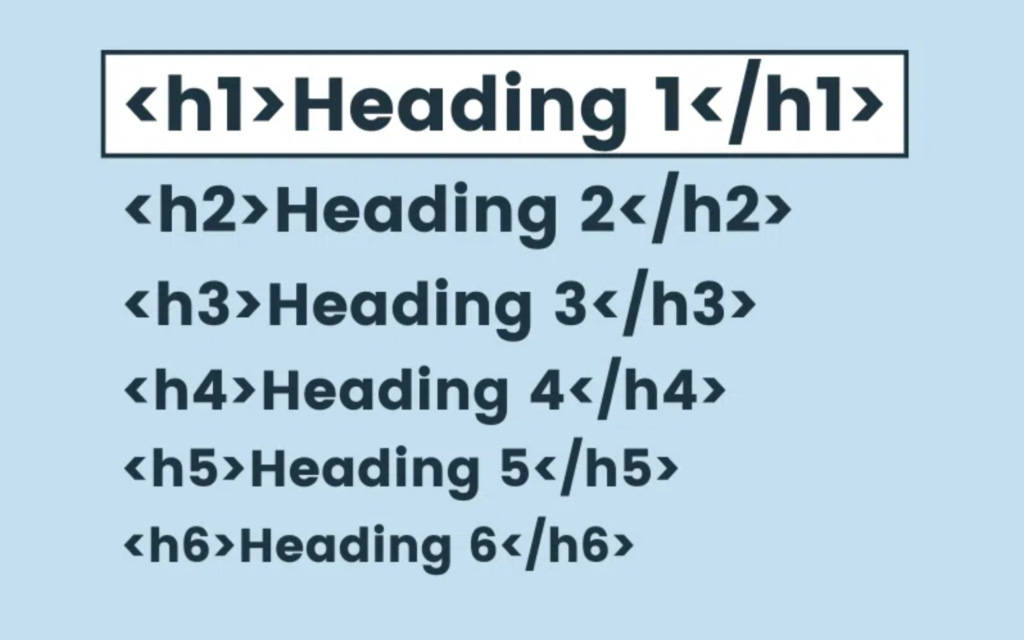A question was raised about whether using headings in semantic order is essential for Google’s search ranking, referencing the SEO Starter Guide. Gary Illyes responded:
“We update our documentation quite frequently to ensure that it’s always up to date. In fact, the SEO starter guide was refreshed just a couple of months back to ensure it’s still relevant, so what you read in the guide is as accurate as it can get. Also, just because a non-Google tool tells you something is good or bad, that doesn’t make it relevant for Google; it may still be a good idea, just not necessarily relevant to Google.”



